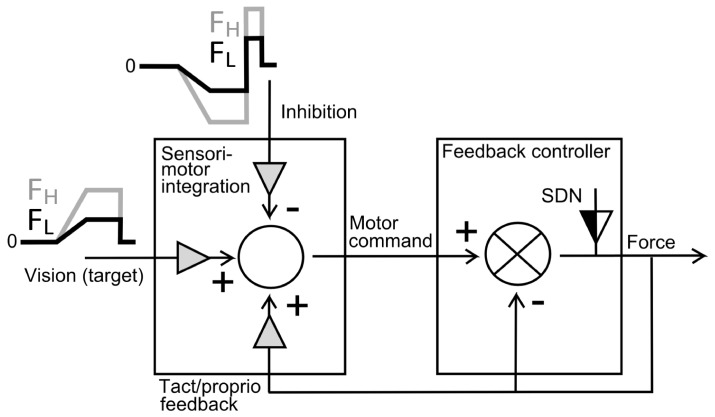Figure 4. Block-scheme of the computational model of sensorimotor integration for grip force tracking.
Three input signals are integrated to form a motor command: (i) visual information on the ramp-hold-and-release target force trajectory for two different force levels (FL, FH for low and high force, respectively), (ii) inhibition modulated as a function of target force (stronger modulation for high force FH, weaker modulation for low force FL condition), and (iii) tactile/proprioceptive feedback (a function of force). Each input signal has a gain (gray triangle): the sum of these gains needs to be = 1. Grip force (the model output) is regulated by a negative feedback-controller as a function of the error between the motor command and the actual grip force. Signal-dependent noise (SDN), with an adjustable gain (black-and-white triangle) is added to the grip force. The goal is to simulate empirically observed behavioral differences between patients and control subjects. Main assumption: a change in gains is sufficient to explain the behavioral difference.

